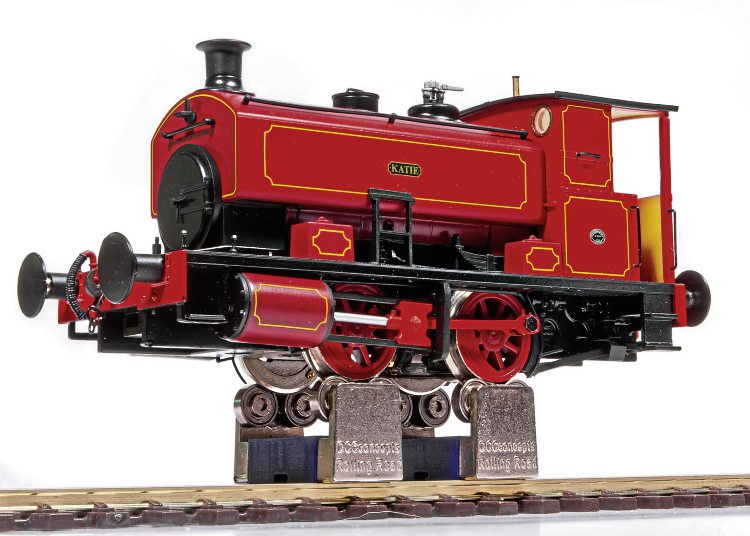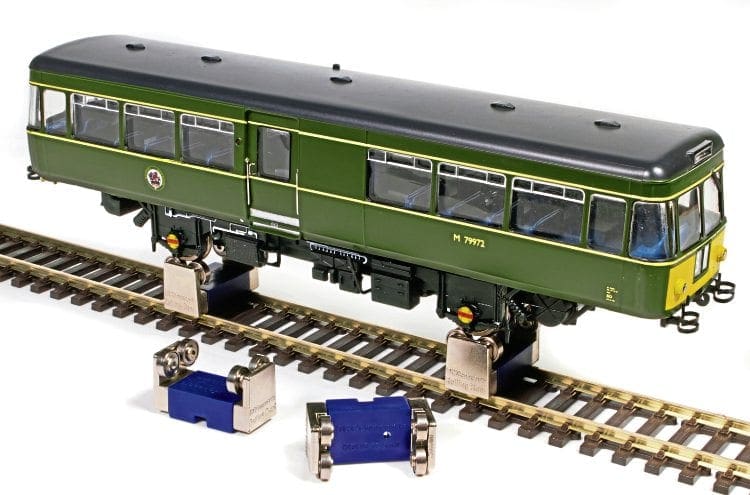Many readers will have received new model locomotives for Christmas – but they need to be carefully prepared for use, and running-in is an important part of ensuring years of reliable service, writes Nigel Burkin.
‘Running-in’ or ‘breaking-in’ new models is a perennial subject, and one that comes to the fore around Christmas. Many people come into the hobby through receiving model railway equipment as a gift.
Operating and maintenance instruction leaflets are provided with all new equipment such as locomotives, train packs and train sets, and one sage piece of advice, usually expressed in a couple of words, is: “Before use, we recommend running the locomotive in at a constant medium speed for 15 minutes in either direction.”
That’s taken from the Hatton’s Model Railways leaflet supplied with its lovely Andrew Barclay 0-4-0ST locomotive, but what is running-in anyway? How do you do it, and what is a medium speed? That will vary from locomotive type to locomotive type, because a Class 47 will be run at higher speed than the Andrew Barclay, for example.

This article explains the simple but important process of running-in new models and some of the equipment designed to help you do it well. The practice has many benefits, and will keep your valuable models in good condition for many years to come. It’s a task that should be completed before installing a decoder, because DCC rarely improves a poorly-performing model.
Today’s models are manufactured with precision mechanisms and high-performance motors to produce the fine running qualities we have come to expect as the norm. Lubrication is undertaken at the factory, and this is ample for the first year or so of the model’s life — unless it has been sitting on a shelf for a protracted time causing lubricant to dry out. In such cases, light re-lubrication (with plastic-safe model lubricants) according to the maintenance instructions is required.

Running-in distributes lubricant around bearings in the chassis and those supporting drive shafts and gears in gear towers, while motor commutator brushes are gently bedded in.
As a model is broken-in progressively, the mechanism should become quieter and smoother, making fine slow speed control possible in all types of models.
Wear in the bearings, particularly motor bearings, is reduced in the long term and generally the model appears to ‘settle down’ as it loosens up a little. It’s no different in that respect from any other piece of mechanical equipment.
For the full article and to view more images, see the January 2019 edition of Modelling – available now!
For a complete list of stockists and how to get your copy, visit: www.railwaymagazinemodelling.co.uk/distributors
Advert



